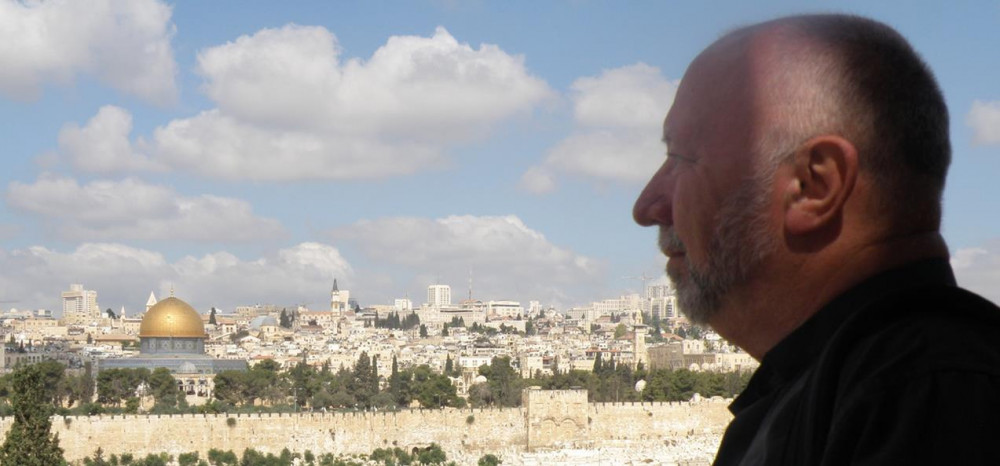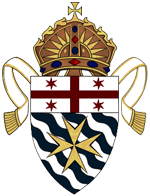Pilgrimage to the Holy Land

In June 2017, nearly 30 people from this Diocese, Adelaide, Victoria and NSW ventured on a pilgrimage to the Holy Land in June with Bishop John Ford.
The 19 day tour covered many holy sites in Israel and Jordan and included a Mass overlooking Syria, where the pilgrimage prayed for peace and justice in that country. During the service, three bombs went off, albeit some distance away.
We traversed Israel from top to bottom and from east to west; we went to mountain tops and to the lowest place on earth and travelled into Palestine and Jordan. We learned much history, ancient and modern, and explored the Old and New Testaments
We visited churches, ancient and modern, synagogues and a mosque. We followed in Christ’s footsteps from Nazareth to Capernaum to Caesarea Philippi and to Jerusalem where we walked down the Palm Sunday road and followed the Stations of the Cross along the Via Dolorosa to the Church of the Holy Sepulchre - the site of the crucifixion, Christ’s burial and his resurrection.
Mass
Mass was celebrated in churches, chapels, indoor and outdoor, and what was essentially a carpark on the Syrian border.
Churches and Places of Worship
Churches/chapels in the Holy Land range from ancient to modern. The oldest complete church in the Christian world is the Church of the Nativity in Bethlehem which was built by the emperor Justinian in the 6th Century. It replaced the original church of Constantine the Great, built over the cave venerated as Christ’s birthplace, and dedicated in AD 339.
The newest chapel we visited was the Encounter Chapel in the Magdala Centre, Galilee, which was opened in 2014. However, the floor is that of the original first century market place of the Magdala port and takes us back to the time of Christ.
Mosaics, Murals and Icons
As with the churches, mosaics range from ancient to modern.
One of the main highlights of the Church of the Multiplication at Tabgha is its restored 5th-century mosaics. The mosaic in front of the altar depicts two fish flanking a basket containing four loaves of bread.
In the Church of the Nativity, mosaics from the Crusader period are slowly being exposed and restored.
More recent mosaics can be found in Basilica of the Annunciation and the Church of the Transfiguration.
In the Memorial Church of Moses at Mt Nebo, Jordan, mosaics in the nave, side aisles and baptistry are being exposed.
Also in Jordan, the Madaba Map (also known as the Madaba Mosaic Map) is part of a floor mosaic in the early Byzantine church of Saint George at Madaba. The Madaba Map is a map of the Middle East. Part of it contains the oldest surviving original cartographic depiction of the Holy Land and especially Jerusalem. It dates to the 6th century AD.
Many churches are adorned with murals. One of the most stunning murals can be found in the Encounter Chapel at Magdala. Antoni Barluzzi churches are known for their murals.
The Church of St Photina in Nablus, home of Jacob’s Well, is adorned with beautiful icons all written by Fr Justin, a priest in the Eastern Orthodox Church.
Islam doesn’t allow the depiction of God or prophets and the depiction of humans and animals is discouraged. Nevertheless, the mosque at Akko was also beautifully decorated.


